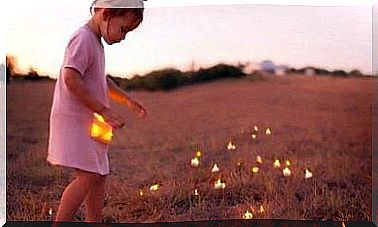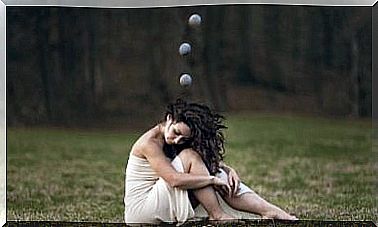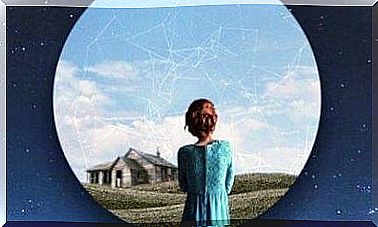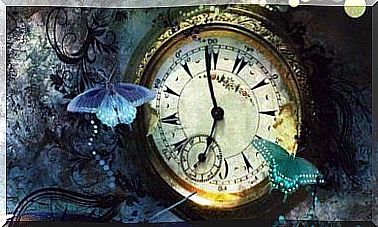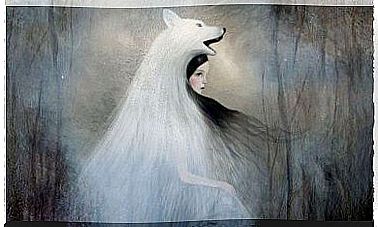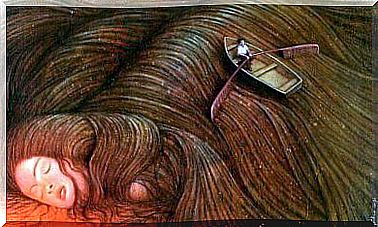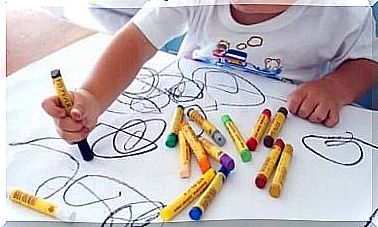Collective Memory And Stories From Grandparents
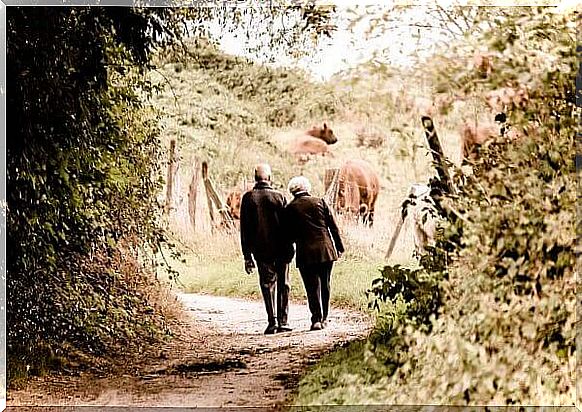
Some stories deserve to be shared. From the beginning of time, stories have been passed down from generation to generation. This is how we share our memories and interpretations from the past. “Collective memory” is the transmission of these stories: memories we share from generation to generation.
But what are these stories? Stories are just representations of the past that we put together into narratives. The plot has a well-defined start and end, with sequential and causal consequences. Furthermore, the narrative includes events that are considered to be the most important. When a group adopts a certain narrative as an interpretation of the past, it becomes part of their collective memory.
Bias in collective memory
Collective memory is not an objective or neutral view of things from the past. These shared narratives are selective. In other words, they remember what they want to remember, which means they are biased.
In fact, collective memories often include elements of justification. Especially the oral collective memory, where each generation adds more bias to original stories to adapt it to the latest way of thinking.
When our grandparents tell of great historical events from earlier in their lives, they tell of the events they remember best. The things that made the biggest impression on them. They also choose pages, and this can be seen in how they tell the story.
Types of collective memory
We have mentioned the oral collective memory, but there are other ways of passing on stories. These types of memories that make up the collective memory are:
- Popular memory: these are representations of the past created by the members of society. We see the popular memory in opinion polls.
- Official memory: this is when the public or government agencies adopt a specific interpretation of the past. This is, for example, what you see in national museums and in textbooks that have been approved by the education system.
- Autobiographical memory: the memory of people who have directly experienced historical events. This is what we hear from our grandparents. It is actually the primary resource for knowledge of the past.
- Historical memory: the way the scientific community explains the past.
- Cultural memory: the way society views the past through journalism, memorial ceremonies, monuments, films and buildings, among others.
Collective memory: wars and conflicts
When narratives are about war or conflict, they are almost always selective or biased. They reveal self-centered, simplistic perspectives on events.
In general, these narratives touch on at least four themes:
- Undo the rival.
- Present a positive image of the group that conveys the narrative.
- Introduce a group as the only or most important victim.
- Justify the start of the conflict.
These narratives play two important roles in conflicts. The first is internal, because when a group adopts these narratives, they become part of popular memory. As a result , the narrative influences the psychological reactions of the people in the group, and as a consequence their actions. Therefore, the chances are high that they will have a negative perspective of the rival and a positive perspective of themselves.
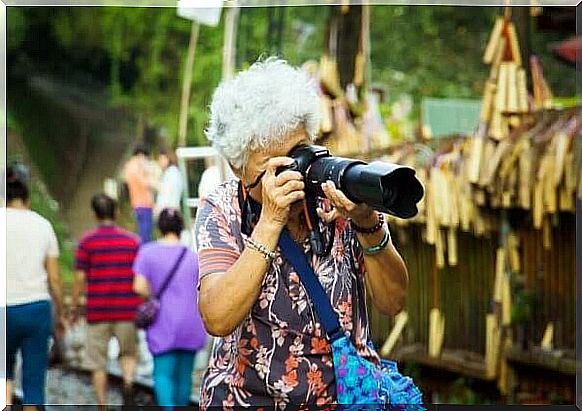
Consequences of the collective memory
Narratives that constitute the collective memory of a conflict often act as blockages for peaceful solutions or reconciliation. They encourage the groups not to make peace, because they think the others are negative and unreliable. Biased narratives get in the way of negotiations.
In most cases, the collective memory is self-centered and biased. We should instead take into account all perspectives and listen to all narratives, including those that go against our collective memory. It will help us understand the past.
